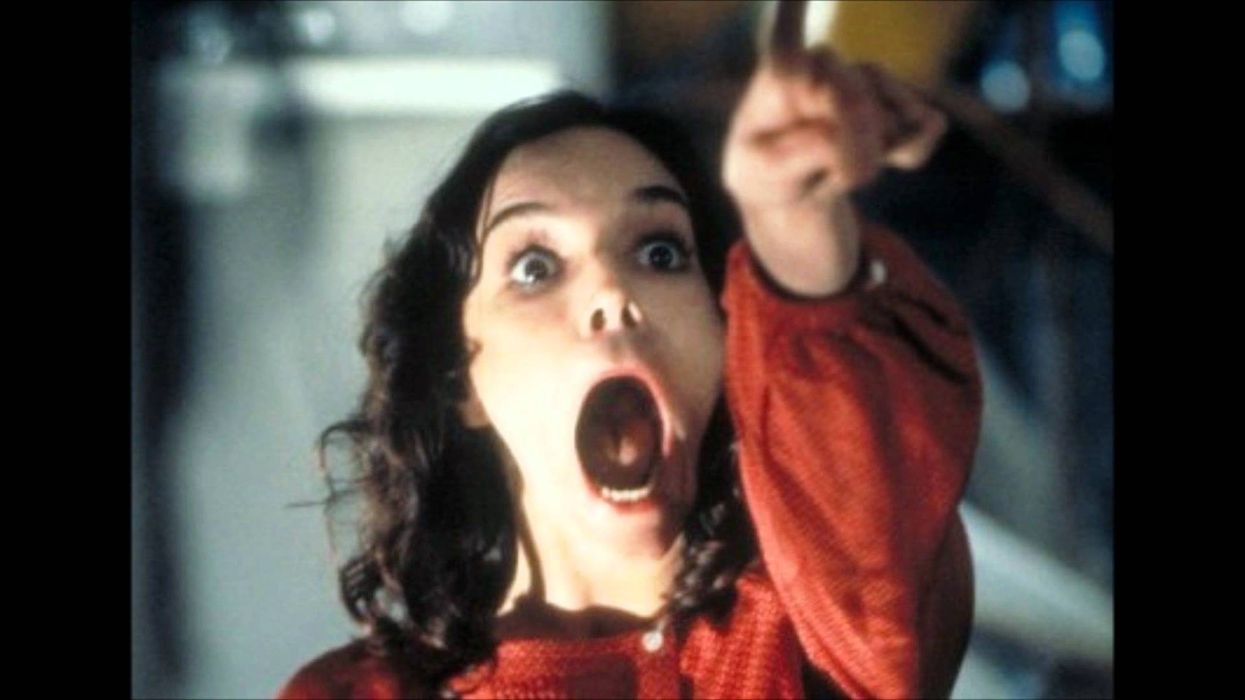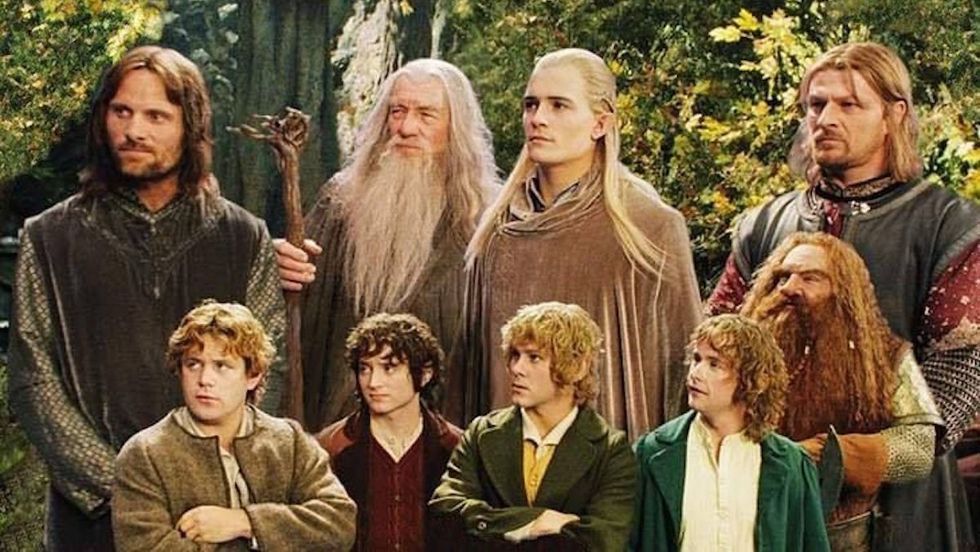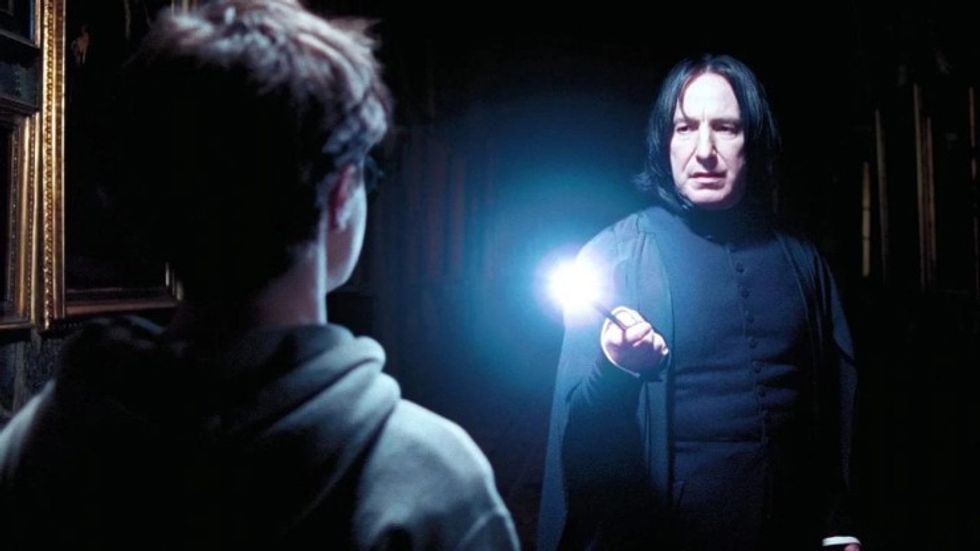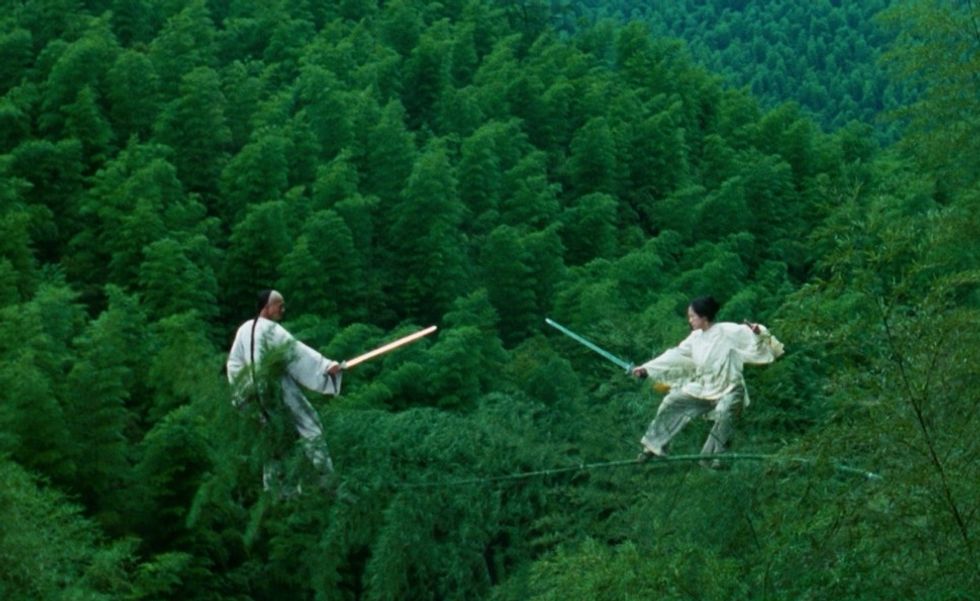Watch: The Most Disturbing PG Moments in Movie History
Before there was a PG-13 rating, you might have thought twice before taking your kid to the movies.

For the first 90 years of American cinema, the MPAA had only two ratings: PG and R. This meant that unwitting parents often brought their children to salacious and violently graphic movies. In 1984, the parental outrage came to a fever pitch over two "inappropriate" blockbusters: Indiana Jones and the Temple of Doom and Gremlins. Steven Spielberg, perhaps feeling guilty that Jaws was rated PG, finally proposed the idea of an intermediate rating. The PG-13 rating was first attached John Milius’ Red Dawn, released later that year.
A new video from Kevin Maher via Screen Crush compiles the most traumatic PG-rated moments, including blood, guts, explosions, and horrifying monsters from Time Bandits, Poltergeist, Invasion of the Body Snatchers, The Planet of the Apes, and more.
Today, the MPAA classifies a PG-13 film as containing the following (as opposed to a PG film):
- Any drug use
- More than brief nudity (usually not sexually-oriented)
- Depictions of violence that are neither realistic nor frequent
- Single use of one of the harsher sexually-derived words (more than one stipulates an "R" rating)
For more on the topic, here's a brief history of sex and violence in American movies, six ways to avoid an NC-17 rating, and a broader history of Hollywood censorship.

 'The Lord of the Rings: The Fellowship of the Ring'
'The Lord of the Rings: The Fellowship of the Ring'











